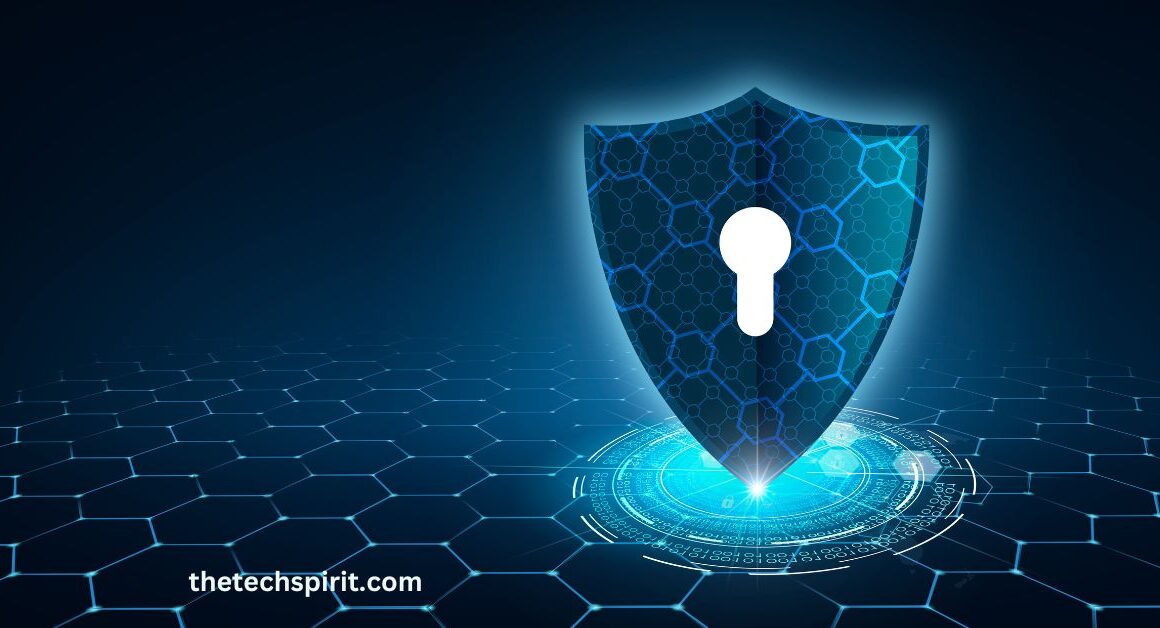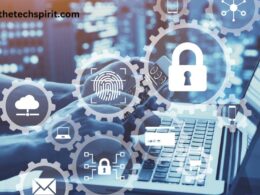A proactive cybersecurity posture is essential for protecting any organization’s critical systems and data from modern cyber threats. While complete protection is impossible, following proactive policies, procedures, and controls significantly reduces risk and enables rapid detection and response when incidents do occur.
This complete 10-step guide provides organizations with a framework for continuously evaluating and improving their cybersecurity posture over time.
Table of Contents
Understanding Cybersecurity Posture
Before diving into the key steps organizations should take, it’s important to level-set what cybersecurity posture means and why it’s important.
Defining Cybersecurity Posture
A cybersecurity posture refers to an organization’s overall preparedness to respond to cyber threats and its ability to limit the impacts of cyber attacks. It encompasses the policies, procedures, infrastructure, defenses, and capabilities in place to identify, protect, detect, respond, and recover from security incidents.
Elements that influence an organization’s security posture include:
- Security policies and awareness
- Network, endpoint, and user access controls
- Data and asset security capabilities
- Threat detection and analysis capacities
- Incident response processes and procedures
Why Cybersecurity Posture Matters
Cyber threats are growing more advanced, frequent, and costly each year. Two-thirds of respondents in IBM’s 2022 report on data breaches said the attacks they faced grew in sophistication. Ransomware and data theft remain top concerns across industries.
Developing a resilient cybersecurity posture allows organizations to:
- Reduce risk: Proactive controls and processes make networks, apps, and data more difficult for attackers to penetrate and exploit.
- Improve incident response: Rapid detection and analysis of threats paired with effective response procedures allow organizations to minimize incident impacts.
- Demonstrate security due diligence: Maintaining baseline protections shows customers, partners, and regulators an organization takes security seriously. This builds trust and avoids PR crises or fines after breaches.
- Enable business objectives: A resilient security foundation provides the required protections to safely achieve goals like digital transformation and cloud migrations.
Now let’s explore the key steps to establish a proactive security posture.
10 Steps to Improve Cybersecurity Posture
Bolstering cyber defenses requires assessing the current state, methodically addressing gaps, and staying up-to-date as new threats emerge.
Here is a 10-step cybersecurity framework covering where organizations should start and key areas needing protection.
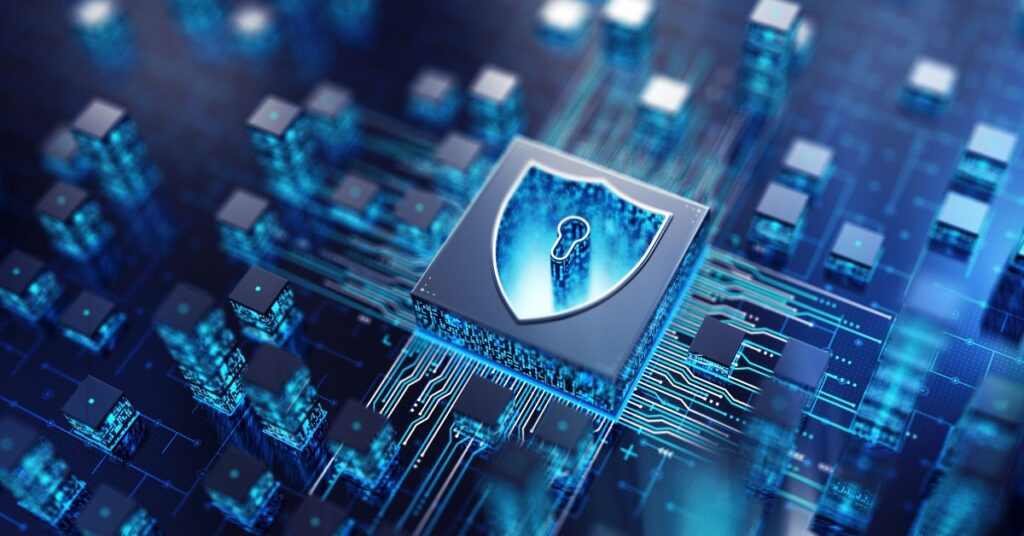
Step 1 – Identify Critical Assets
To optimize security with finite resources, organizations must know what systems and data they must protect above all else. This includes:
- Crown jewels: Most sensitive data like intellectual property or customer information that would severely damage the business if leaked or held for ransom.
- Mission critical infrastructure: Systems that keep the business operating. For example, cloud servers host e-commerce sites or essential backend databases.
- Foundational IT: Core network equipment, directories, and endpoint devices enabling communication, access controls, and productivity.
Cataloging these vital assets and resources clarifies protection priorities when planning security programs and responding to incidents.
Step 2 – Know the Risks and Threats
With critical systems mapped, analyzing the specific cyber risks and relevant threats facing the organization ensures security efforts target the most significant problems.
Conducting regular risk assessments backed by threat intelligence details and possible attack scenarios to model and prioritize. Common high-level threats include:
- Malware: Ransomware, spyware, trojans, viruses
- Phishing and social engineering: Deceptive emails, DMs, texts, or calls tricking users
- Third-party risks: Cloud apps, tools, and vendor access becoming attack vectors
- Network-based threats: Exploits of VPNs, Wi-Fi, DNS, and firewall misconfigurations
- Application and hardware weaknesses: Unpatched bugs, firmware issues, APIs used as entry points
- Insider threats: Data theft, program manipulation, or sabotage by employees
Review incident reports, research threat trends impacting your industry, conduct penetration testing, and solicit cybersecurity assessment services to gain robust visibility.
Step 3 – Harden Network and Devices
Armed with knowledge of key assets and threats, hardening the infrastructure and protecting vital systems should become an ongoing priority. This includes:
- Patching and securing configurations on servers, workstations, network gear, and applications regularly
- Utilizing endpoint detection and response (EDR) tools on company assets
- Carefully segmenting networks to limit lateral movement after breaches
- Securing Wi-Fi with the latest authentication protocols like WPA3 Personal and Enterprise modes
- Implementing DNS filtering to block access to known malicious domains
These infused controls make exploitation more difficult across attack surfaces within the environment.
Step 4 – Control Access
The principle of least privilege should be applied to all authentication systems and permission policies across applications, networks, and cloud services. This means user should only be granted:
- Access to applications essential for their explicit role and duties
- Temporary elevated permissions as needed through just-in-time administration
- Only the specific data or resources required for a specific business process
Controlling authorization in this manner significantly reduces exposure. Integrating multi-factor authentication (MFA) adds another layer of security for high-value access and remote workforces.
Step 5 – Secure Data
Classifying data by sensitivity levels makes it easier to apply the appropriate protections in transmission and at rest. For example:
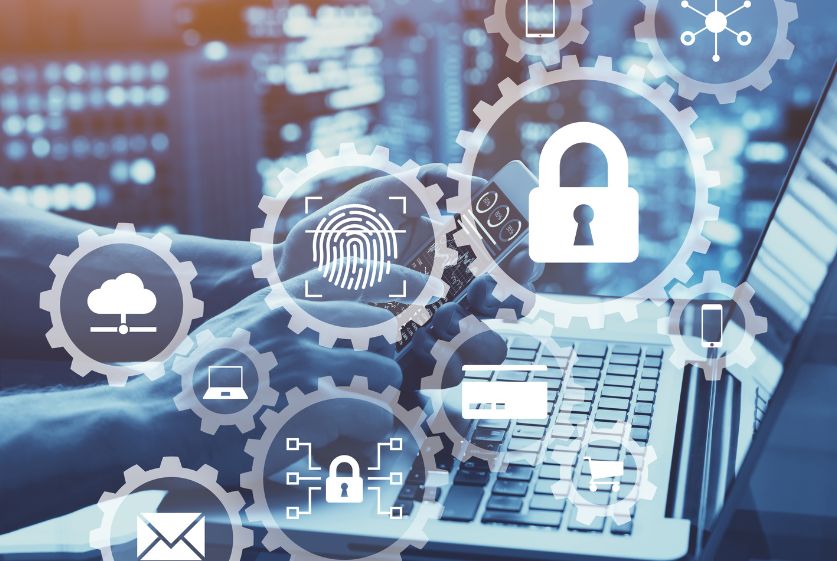
- Confidential data like financials or personal information should be encrypted both when stored and in motion over networks
- Strict access controls need consistent enforcement to limit internal data theft
- Additional data security controls include rights management, data loss prevention, and adding context through metadata
Backups are also essential in case ransomware does impact production data or systems. Secure, isolated backups prevent one incident from spiraling into an irrecoverable disaster.
Step 6 – Implement Security Controls
Consistently integrating cybersecurity efforts across policies, processes, infrastructure protections, and the employee experience significantly strengthens posture. Core controls include:
Policies and standards:
- The issue clearly defined cybersecurity policies covering the expected use of corporate IT resources
- Define requirements or standards systems must meet before deployment
Processes:
- Establish authorization protocols tying change control boards and audits together to maintain visibility and compliance
- Require cybersecurity sign-off for changes like new cloud services or network configurations
Infrastructure controls:
- Harden networks with gateways, firewalls, and threat-detection capabilities
- Protect endpoints and servers with EDR controls
Training and access controls:
- Use simulated phishing tests to improve security awareness
- Continue reinforcing least privilege access controls
This blend of human guidance and consistently configured technology protections greatly reduces risk exposure over time.
Step 7 – Detect Threats
Despite best efforts, breaches will occur. Rapid detection before major damage or data loss is still attainable through proactive logging, analytics, alarms, and testing.
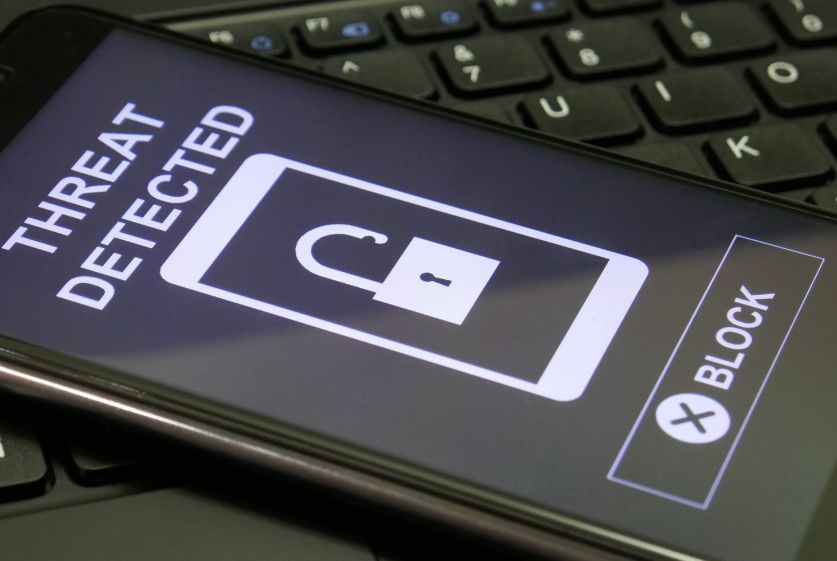
Core threat detection capabilities organizations need include:
- Analyzing endpoint and network activity for known attack indicators
- Detecting brute force credential attacks against servers
- Monitoring authentication systems and access logs for anomalies
- Alarming on high-risk events like failed login attempts or massive data transfers
- Running attack simulations to catch weak points through ethical hacking efforts
Many EDR, identity, firewall, and intrusion prevention tools provide combinations of these features.
Step 8 – Respond to Incidents
Once suspicious activity is confirmed through detection capabilities, swift action can hugely minimize impacts. The key is having an incident response plan already established with procedures enabling teams to:
- Classify incident severity
- Contain ongoing attacks by isolating systems
- Eradicate threats from the environment through remediation
- Communicate statuses with stakeholders and affected customers per disclosure policies
- Capture lessons learned to improve future response efforts
Well-trained and equipped incident response teams follow these standard steps during crisis scenarios to stabilize situations.
Step 9 – Recover from Attacks
Despite successful incident response, some data or system loss inevitably occurs during significant cyber attacks. Executing business continuity and disaster recovery plans enables restoring mission-critical functions as the dust settles.

Common recovery steps include:
- Isolating/repairing systems based on backups and rebuilds
- Validating data while removing corrupted or malicious remnants
- Testing restored business systems before re-opening access to users
- Communicating post-incident with employees and external stakeholders
Solid backup infrastructures and tested recovery procedures are key to avoiding profit losses.
Step 10 – Continuously Improve
Complacency after establishing baseline protections leads to getting left behind as threats evolve. Organizations should:
- Repeatedly scan for new vulnerabilities and misconfigurations
- Conduct ongoing staff security training to battle emerging social engineering techniques
- Rewrite policies and playbooks based on recent incidents
- Invest in newer threat-hunting and attack simulation tools
Prioritizing continuous security improvements ensures budgets stay targeted at closing the most critical gaps. Leadership must consistently evangelize and fund these efforts.
While reaching “perfect security” remains impossible, this 10-step cybersecurity framework applied diligently protects what matters most through risk reduction. Ongoing visibility, maintenance, and adaptation drive an effective security posture.
Establishing a Security Culture
Technical controls form a crucial foundational layer. Gaining organizational alignment through workforce inclusion and supportive security policies cements posture resilience.
Training Employees
Employees inherently become an organization’s last line of defense against sophisticated social engineering and malware. Yet they often remain neglected or treated as liabilities rather than assets.

Prioritizing interactive cybersecurity awareness training conveys:
- Knowledge allows employees to act as sensors able to identify and report threats
- Habits that avoid normalizing dangerous behaviors that threaten security
- Motivation by appealing to psychological safety and inclusive security culture
Equipped staff augment technical measures able to detect novel attacks early before major footholds form.
Implementing Policies and Procedures
Rules governing the appropriate use of networks, devices, and data require consistent updating as technology and business needs evolve. Relying solely upon outdated acceptable use policies fails modern organizations.
Tightly defined security procedures around procurement, change control, and access management linked to responsive policy updates train personnel to consider the implications of their business decisions and actions. Over time, these embedded processes cultivate shared ownership for protecting institutional knowledge and resources.
Leaders must champion policy driven system design enabling both flexible business velocity and core security guarantees.
Conclusion and Key Takeaways
Modern organizations face a mounting paradox – reliance on data and technology continues growing exponentially while cyber risks become more severe. Solving this challenge requires establishing and tending to an adaptive cybersecurity posture.
Key takeaways for improving posture include:
- Know your critical assets, risks, and threats
- Methodically address control gaps prioritized by the potential impact
- Embed security across governance, processes, infrastructure, and staff
- Detect threats early and respond swiftly
- Continuously update protections against the ever-evolving risk landscape
Implementing a complete cybersecurity program builds institutional resilience over time. While demanding continual adaptation and investment, proactive vigor secures the capacity to safely realize digital transformation and innovation goals through risk reduction rather than avoidance. Core to cyber resilience is accepting some uncertainty yet still thriving.
FAQs
What are the key areas needing protection when improving cybersecurity posture?
Critical assets like sensitive data, public-facing systems, and network infrastructure enabling business processes require prioritized protection. These “crown jewels” represent high-value targets with impacts disrupting continuity.
How can we secure legacy systems dragging down posture?
Inventory outdated hardware and software posing risks like expiration support dates or missing patches. Determine viability to upgrade, replace, isolate, or retire based on criticality. Legacy platforms necessary despite risks require additional monitoring and segmentation from critical networks when possible.
What cybersecurity posture standards exist?
Frameworks like the CIS Controls and NIST Cybersecurity Framework offer best practice recommendations. Compliance standards like ISO 27001, PCI DSS, and HIPAA also drive security investments grounded in risk reduction.
How do we sell leadership on posture improvements?
Financial losses and brand reputation damage from incidents have steeply increased, especially with ransomware. Building internal threat intelligence detailing likely impact scenarios shows potential business disruption costs from inaction. Further, highlight benefits like modernization, improved visibility, risk reduction, and overall enablement of growth goals.
What posture metrics matter?
Outcomes beat vague progress or compliance claims. Aim to monitor and improve metrics like detection time before containment, recovery time/costs after incidents, losses associated with incidents, time to remediate audit findings, training click rates, and cloud misconfigurations over time. These tangibly demonstrate program impact improvements.





